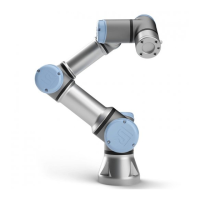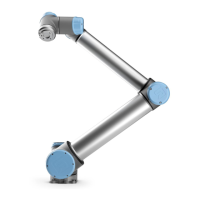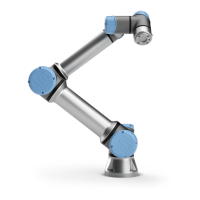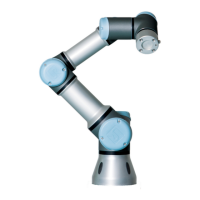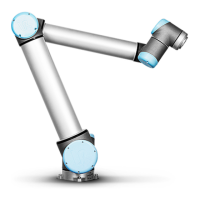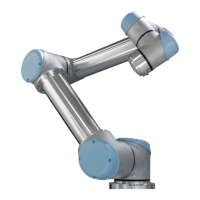7. Tap the pattern node(s) on the Program Tree to teach the robot layer-specific positions (e.g.,
start/end points, grid corners, and/or number of items). See 23.11.1. Moveon page152 for
teaching instructions. All positions must be taught at the bottom of the pallet. To duplicate a
pattern, tap the Duplicate pattern button on the Pattern node screen that you wish to
duplicate.
Line To teach the positions, select each item in the Program Tree:
•
StartItem1
•
EndItem1
Insert the number of items in your sequence using the Items text box at
the bottom of the screen.
Grid To teach the positions, select each item in the Program Tree:
•
CornerItem1
•
CornerItem2
•
CornerItem3
•
CornerItem4
Insert the number of rows and columns in the appropriate text boxes to
set the dimensions of the pattern.
Irregular To teach the positions, select each item in the Program Tree:
•
Item1
•
Item2
•
Item3
Tap Add Item to add and identify a new item in the sequence.
8. In the Program Tree, tap the Layers node to configure the layers of your palletizing
sequence. Use the Choose Pattern drop-down menu to select the pattern for each layer. Tap
the Add layer button to add additional layers to your program. Layers must be added in the
correct order, as they cannot be reordered later.
9. In the Program Tree, tap At Each Item node. Choose to use the default option (A) At Each
Item Wizard, or (B) Manually Configure At Each Item. Instructions for each option are below.
(A) At Each Item Wizard
The At Each Item Wizard assists in defining the actions performed at each item on a pallet, such as
the ReferencePoint, the Approach Waypoint, ToolActionPoint Waypoint, and Exit Waypoint
(described in the table below). The Approach and Exit Waypoints for each item remains in the
same orientation and direction regardless of the different items’ orientation.
User Manual 179 UR5e
23.Program Tab
Copyright © 2009–2021 by UniversalRobotsA/S. All rights reserved.
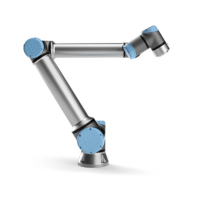
